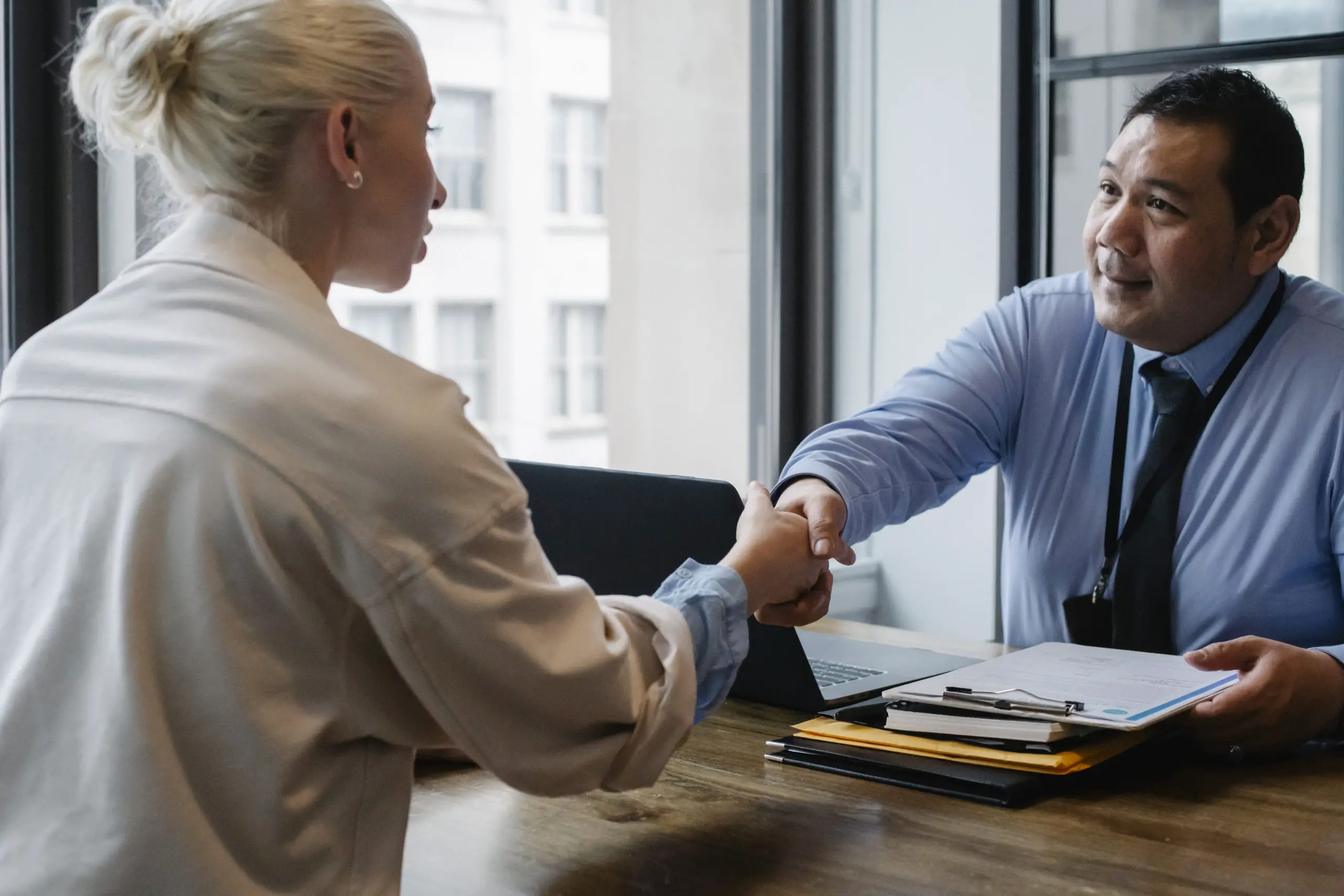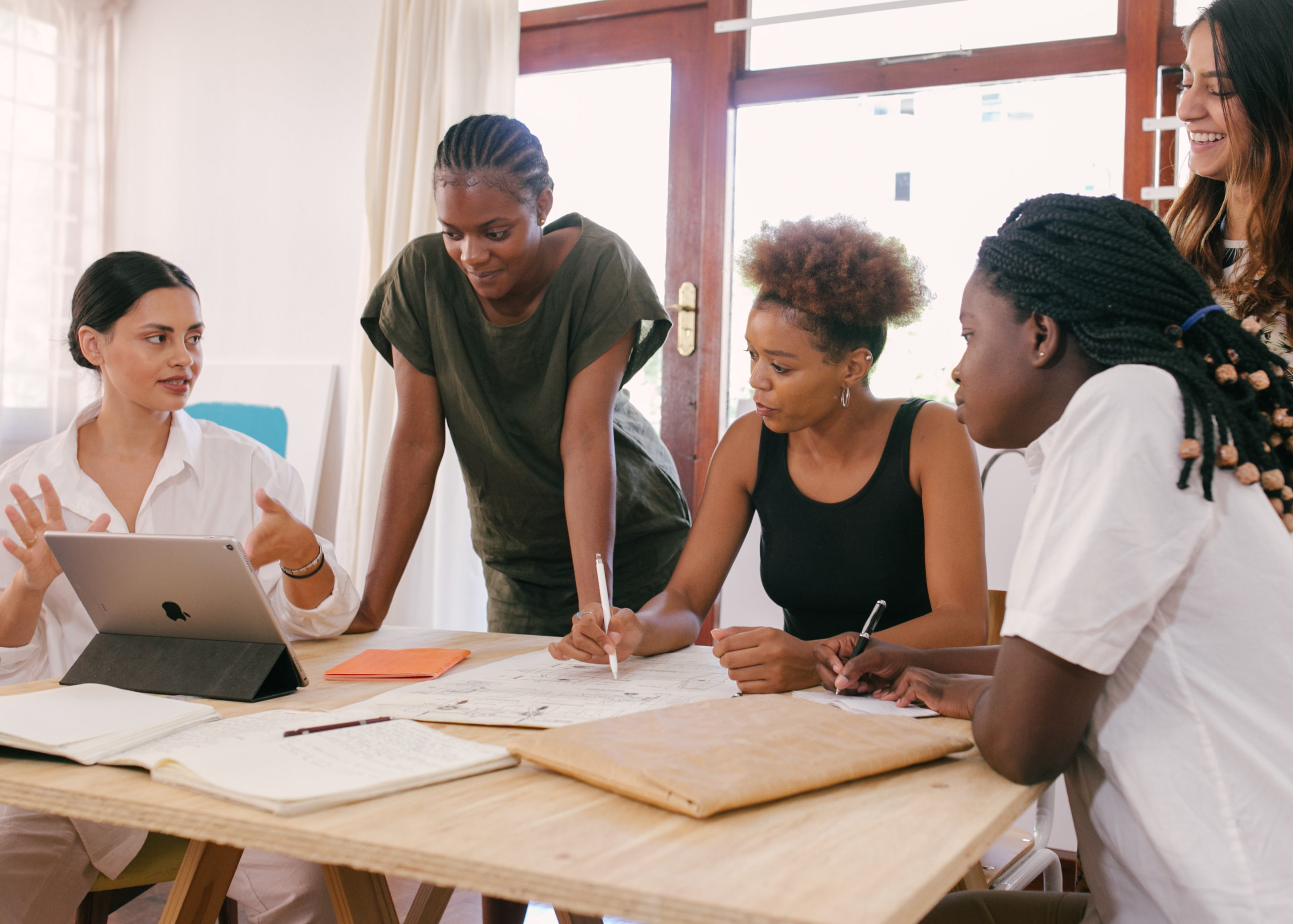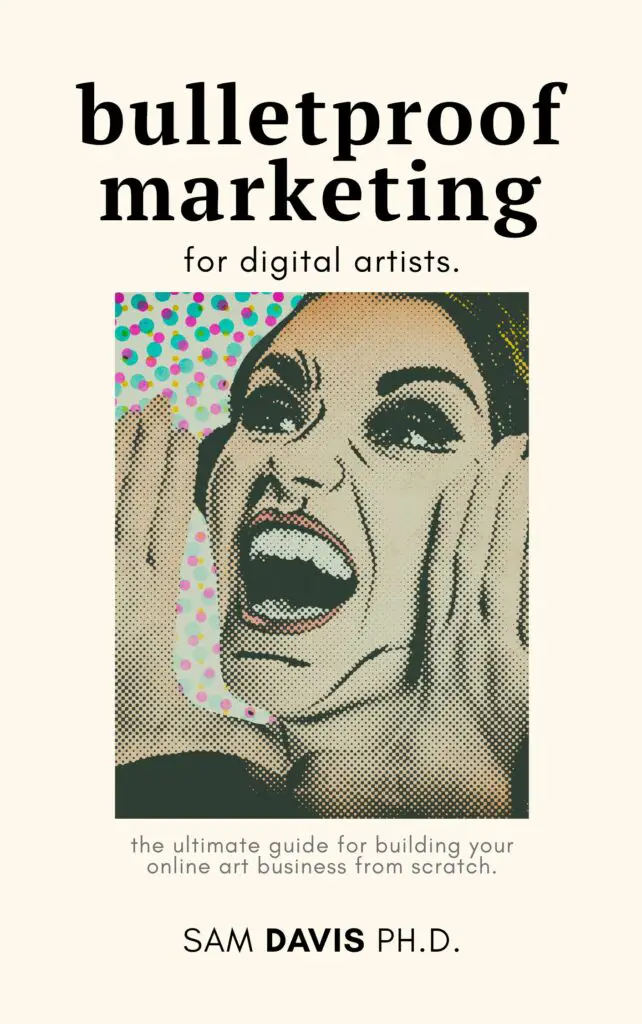As an artist, backlinks can be a great way to get noticed by Google and potential customers. Backlinks are important for “off page SEO” – how Google perceives your website in line with other websites. It's one of the most effective ways you can get backlinks to your art or website that will drive traffic back to it. In this article we'll talk about five different options for backlink building that any artist can start doing today!
Backlinks for artists are surprisingly simple if you have the patience and perseverance to get it done. Learn how to create and share a press release; pitch reporters; the true value of nofollow links; the importance of artist collaborations; and how to get your website on craft fairs and local news.

What are backlinks?
Backlinks for artists are when other websites, like news websites, artist blogs, podcasts, and more share the link to your artist website with their audience. Social media (Pinterest, Facebook, Instagram, YouTube) also provides backlinks, but many of them are “no follow”, meaning that they don't contribute to your search engine ranking. Pinterest is really important too because it's a visual search engine – so people looking for art are going to see your stuff in its entirety.
Why Are Backlinks Important?
Backlinks are important for SEO (“search engine optimization”) because backlinks can help you stand out against the crowd. Backlinks can really help your website or art site as a whole take off and move you to the front of the line. Backlinks have become an increasingly necessary component of any successful website's strategy, as they're one of the main ways Google judges a webpage in terms of its authority and relevance to a search – beyond what's actually on the page.
Getting your webpage in the top Google search results is an essential SEO outcome for small artists and their websites. Luckily, search engines are not magic, and we can work to improve our search engine rankings with just a few simple steps.
How Do Backlinks Work?
Backlinks work through a concept called domain authority (DA for short). DA is the idea that really great sites have lots of great, relevant content – and lots of quality “backlinks” from other places pointing to them. Think about Wikipedia: it has TONS of links back to it from other places. These high quality links come from other “authoritative” sites, like CNN or Yahoo. Collectively, the more “high quality” backlinks you have, the more important your web pages will appear to Google.
That's really it. So seeking out and securing backlinks is known as “link building” and it can take a lot of time from SEO experts. But, it has a huge payoff, because it can result in targeted traffic to your site, which means that more people may purchase your art. The more traffic you get, the more brand exposure you get, too. Put it all together, and it's a recipe for success.
Strategy 1: Press Releases and Media For Backlinks
Way back when, a press release was the number one way for non-police/fire news to make it out into the world. Your press release was the best advertising you had for any new product, painting, staff position, or milestone in your company.
Nowadays, press releases are both old fashioned AND more common than ever. They're also a great link building effort – because press releases give you an excuse to grab attention and do some email outreach.
Press releases follow a pretty specific format. You'll need to include:
- A description of the business
- Your three main points, usually in paragraph form
- 1-2 quotes from you or a referring expert
- Contact information for follow up in real life
When to use a press release
You can use a press release anytime there's something exciting going on. They're not usually good for a blog post, but if you've got a new service, an event, or a large new piece, it's time to write a press release. Press releases are a key SEO strategy for small businesses with local impact.
If you can get a media company to do an article on you, they'll provide great high quality backlinks. Other websites will be left in the dust.
How to get your press release out into the world
No one will find your web pages' press releases organically. You'll need to send an outreach email to your local news. You can likely find the business editor or similar at your local papers and maybe a few regional ones too. If it's great content or an uplifting story – there's your chance to hit it big!

Strategy 2: Pitching Reporters Directly
Did you know there are a bunch of different services that connect experts like you to other websites who have reporters looking for a story? Pitching reporters is a great way to build backlinks for your artist website. The top two sites I've found that will do this are HARO (Help A Reporter Out) and Qwoted.
The majority of content on these sites is pointed at business expertise or content experts, not necessarily artists like you (or other artists). So, you'll have to keep an eye on the emails that they send and jump on any opportunity you get to be featured in an article. Getting a quote in an article is a great bump up in the search engines, and is a pretty classic link building strategy. You'll rank higher as you gather together more and more links. Don't forget to keep a list going!
Strategy 3: Produce Good Nofollow Backlinks
Not everything is about the Google gods. Sometimes, we create content that becomes a “nofollow” link – like on social media. Nofollow links are not great link building because they say to Google “don't count this traffic” – but nofollow links definitely still generate traffic for you.
Nofollow links are most often gained from places like Reddit, Quora, and Medium, although you may have your own favorite place. Essentially, you'll write guest posts in these places. If they do really well, you may get a lot of traffic to your site, and that can have really positive results for your brand name and web site.
Nofollow links should never be the biggest marketing strategies that you employ, but they do deserve some attention. Any traffic from other sites, especially those with high page authority, is good traffic.
What about blog commenting?
Blog commenting is an old school SEO strategy that still works, and it can really help you get (nofollow) backlinks for your art site. You'll need to find out where other artists are having conversations about art – forums or Facebook groups might be a good bet. Then, insert yourself into the conversation. Be useful, be kind, and build relationships. You'll be building backlinks at the same time.
Strategy 4: Guest Posts and Editorials
Guest posts provide backlinks to your website, which is important for “off page SEO.” Guest posting also helps get your name out there and get you known in the art world. A guest post will only work if both your site and your partner site have some traffic and audience. Otherwise, it's just two dead sites building backlinks to each other, and that seems pretty silly.
Editorials are basically guest posts that go in newspapers and on news sites. Editorials are often like a blog post with a strong opinion. You generally need to pitch an editor before they'll approve you writing an editorial; you can also “shop around” a pre-made, relevant editorial. Whatever you think will work best and add value for a newspaper.
Email outreach to editors can be scary, but it's really necessary when you're working on link building. It's a great way to build backlinks for your artist website. Plus, editorials give you a lot of authority, and they can really influence how you can access and get backlinks from other sites. Being featured in a newspaper a few times is a great resource for people who are working on search engine visibility and backlinks.
Strategy 5: Events and Craft Fairs
My final suggestion for artists is this: don't rule out offline events for backlink building. Whenever you sign up to table at an art fair, put your art up at the local coffee shop, or do other things – there's an opportunity for a backlink there. Even if it's not outright offered, you can likely just ask and they'll add you somewhere on their website. They may even do an artist profile on you!
Everyone has an interesting story – you just need to learn how to tell yours. Preferably to search engines. With a little bit of keyword research, a great page title, and a stellar meta description, your site can begin to rank higher and higher in the Google search engine.
SEO doesn't have to be scary. With a few key blogs, emails, and relationships, you can go far in backlinks and get your site ranked higher and higher on Google.

